Gmelina Philippensis ‘Parrot’s Beak’ Bonsai– *Wigert’s Specimen Tree*
$1,000.00
SCIENTIFIC NAME: Gmelina philippensis
COMMON NAME: Parrot’s Beak
COLLECTION NUMBER: #163
DIMENSIONS: Height from soil: 9 1/2″ – Nebari: 5″ – Trunk at first branch: 2 3/4″ – Japanese Koyo-Toen pot: 8 3/4″
UNIQUE CHARACTERISTICS: PARROT’S BEAK has lovely “ivy” shaped foliage that reduces well with training. Grows a very compact canopy, and produces a gorgeous yellow flower. Fast grower, will develop into a nice bonsai quickly. Tropical tree, keep away from freezing temperatures. Parrot’s Beak likes full sun and moderate fertilizer and water.
parrot’s beak bonsai
The Parrot’s Beak Bonsai (Lotus berthelotii), also known as “Parrot’s Beak” due to its unique flower shape, is an exotic and charming plant that brings a touch of tropical beauty to bonsai collections. Renowned for its vibrant colors and unusual flower formations, this bonsai is perfect for anyone looking to add something truly unique to their home or garden.
Key Features of Parrot’s Beak Bonsai:
- Unique Flowers: The most striking feature of the Parrot’s Beak Bonsai is its brilliant, parrot-shaped flowers, which are usually bright orange or red. These flowers resemble a bird’s beak, creating a visually captivating and playful effect.
- Attractive Foliage: This bonsai has delicate, fern-like leaves that complement the boldness of its flowers. The leaves are soft, feathery, and a rich green, creating a gentle contrast against the more striking flowers.
- Compact Growth: As a bonsai, the Parrot’s Beak maintains a small, compact size, making it ideal for indoor cultivation or smaller garden spaces. Its spreading, bushy nature makes it suitable for a variety of bonsai styles.
- Drought-Tolerant: Parrot’s Beak Bonsai is a hardy, drought-tolerant plant that thrives in warm, dry conditions. This makes it relatively low-maintenance compared to other tropical bonsais, as it does not require frequent watering once established.
- Attracts Pollinators: The bright flowers attract bees and hummingbirds, making it a beneficial addition to your garden or home, promoting local biodiversity.
Care Tips for Parrot’s Beak Bonsai:
- Light: This bonsai thrives in bright, indirect sunlight. Ensure it gets plenty of light, ideally 6-8 hours per day, to promote healthy flowering and strong growth.
- Watering: While the Parrot’s Beak Bonsai is drought-tolerant, it still needs regular watering during the growing season. Water the tree when the top soil dries out, but avoid over-watering as it can lead to root rot.
- Soil: Use well-draining, sandy soil to ensure proper root development and prevent water retention. A mix of cactus or succulent soil works well for this bonsai variety.
- Temperature: Parrot’s Beak Bonsai prefers warm, sunny conditions. It thrives in temperatures between 60°F to 80°F (15°C to 27°C). It is not frost-tolerant, so it should be brought indoors during colder months if grown outside.
- Pruning and Shaping: Regular pruning helps maintain the desired shape of the bonsai and promotes a bushy, compact form. Trim back dead or leggy growth, and periodically shape the plant to enhance its overall appearance.
- Fertilizing: During the growing season, feed your Parrot’s Beak Bonsai with a balanced, diluted fertilizer to encourage strong growth and vibrant flowering. Reduce feeding during the winter months when the tree is dormant.
Why Choose a Parrot’s Beak Bonsai?
- Exotic Beauty: The Parrot’s Beak Bonsai is a truly unique and striking plant that adds color and interest to any space with its unusual, bird-shaped flowers and elegant leaves.
- Low Maintenance: This bonsai is relatively easy to care for, requiring minimal watering and adaptable to various climates. It’s perfect for those who want a stunning plant but don’t have a lot of time for upkeep.
- Perfect for Small Spaces: Due to its compact size, it is ideal for small indoor spaces, apartments, or bonsai collectors with limited room for larger trees.
- Long-Lasting Blooms: The bright flowers can last for several weeks, providing an extended period of vibrant color and beauty in your space.
Conclusion:
The Parrot’s Beak Bonsai is a wonderful addition to any bonsai collection or garden, thanks to its unique flowers, beautiful foliage, and relatively easy care. Whether you’re an experienced bonsai grower or a beginner looking for a standout plant, this tree offers both elegance and charm. Add a Parrot’s Beak Bonsai to your space and enjoy its exotic beauty and cheerful blooms year-round!

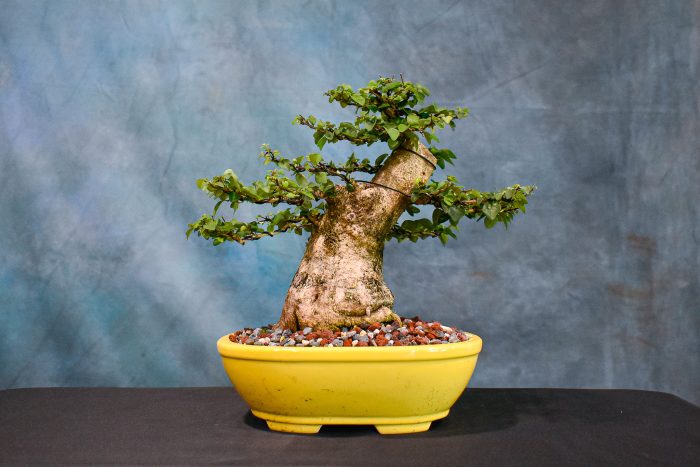
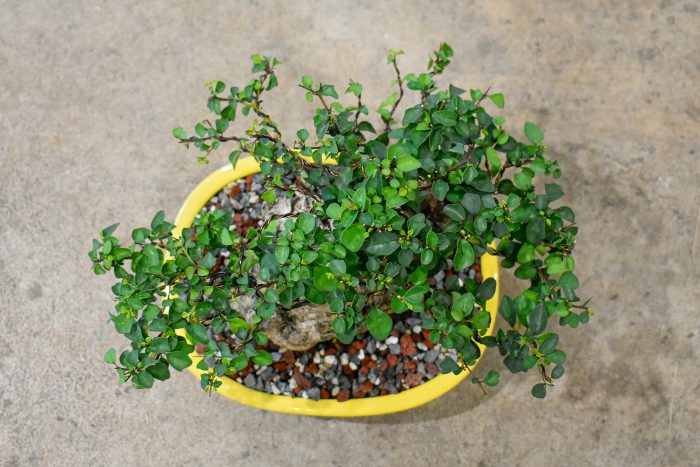

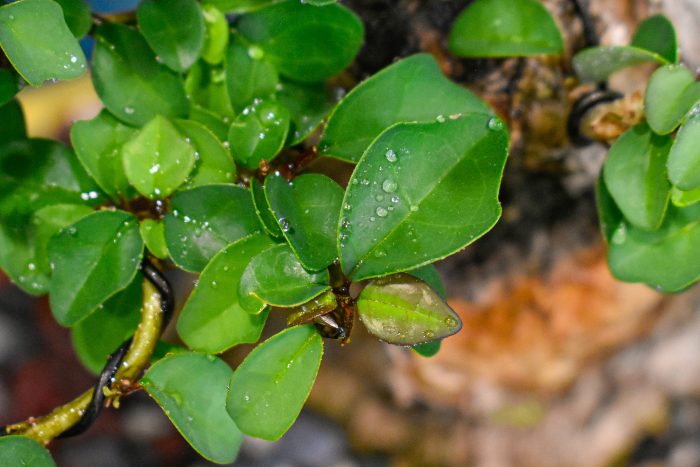
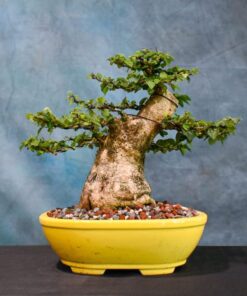
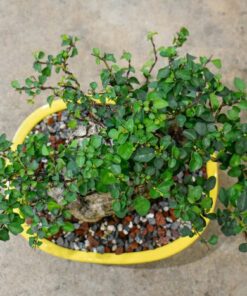

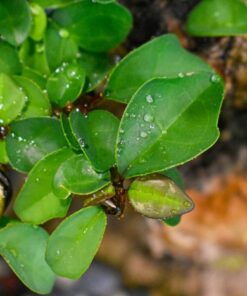

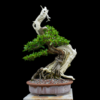


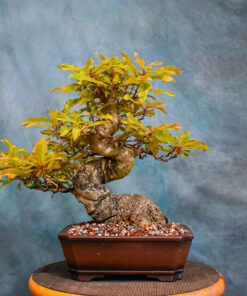
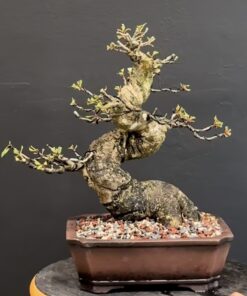
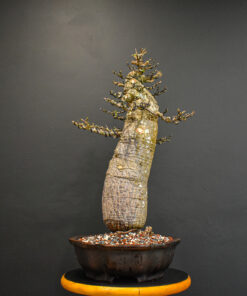
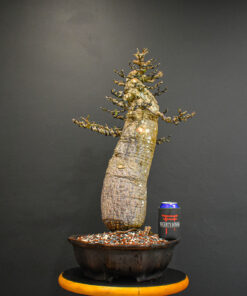
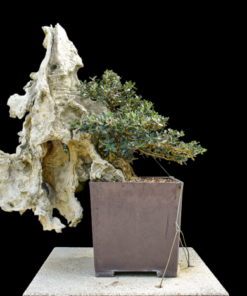
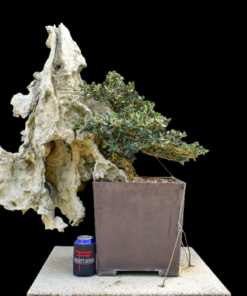
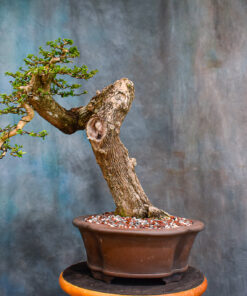
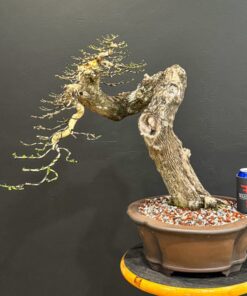

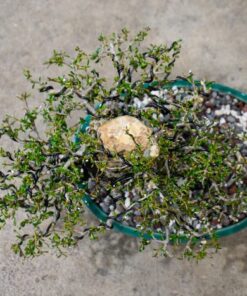
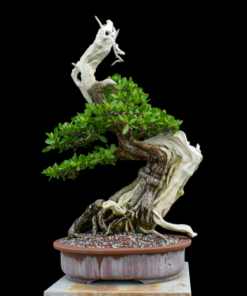
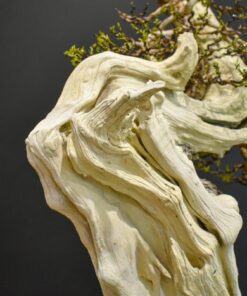
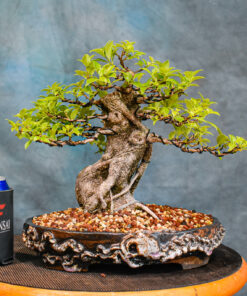
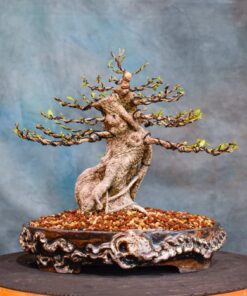
Reviews
There are no reviews yet.